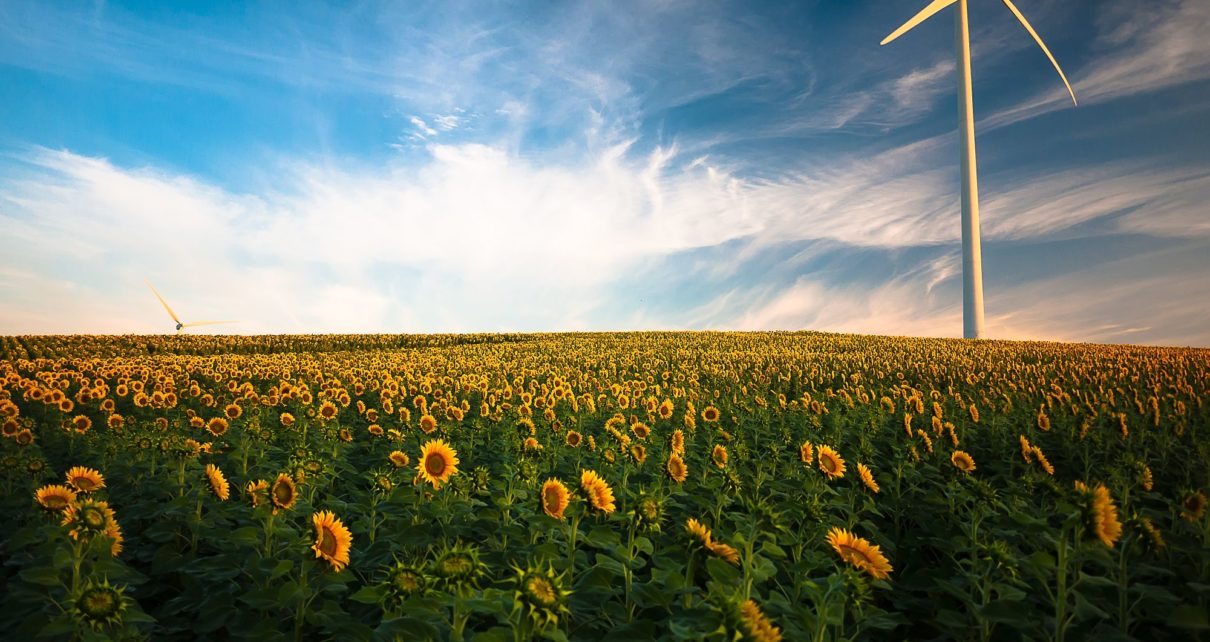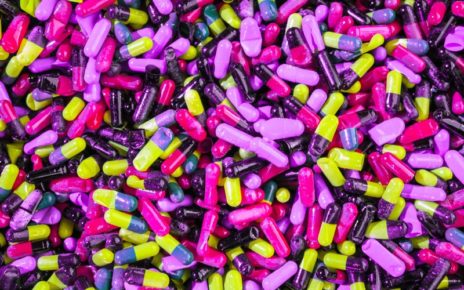
By Molly Connell
Drinking enough water is a part of an active and healthy lifestyle, but as it turns out, it makes a great difference what type of water we consume. More and more people are drinking bottled water. Only within the U.S. last year we drank about 11.7 billion gallons of bottled water, which is enough to fill the Empire State Building 42 times.
At a global level, the tendency is the same. While in 2000 the global annual consumption was 26.42 billion gallons, this number is has increased to 76.08 billion by 2014 and the forecasts predict a further growth. This high consumption is particularly intriguing considering that bottled water can cost 2000 more than clean, drinkable tap water, which 90% of Americans have access to.
But other than bottled water being waste a money, there’s another aspect why we should think twice before buying it: the negative impact the bottles itself has on the environment.
PET is among the most used materials for containing and storing food and since it was patented in 1973 for the bottled storage of soda it has become the most popular material for soft drink- and water bottles. It is cheap, versatile and easy to transport. However, the costs that the industry saves by using PET is paid by the environment.
It is estimated that for the production of a single 1-quart plastic bottle, 2.6 oz of oil, 2.9 oz of coal, 1.5 cubic feet of natural gas and 2 quarts of water is necessary. We should also take in consideration that the CO2 emission caused by 1 year of this production process pollute the air so much that only a forest 28 times the size of Yellowstone park would be enough to compensate it. These facts alone should give you an insight into the severeness of the problem.
There have been attempts to solve the current issue regarding plastic pollution such as the production of biodegradable plastics, the breeding of plastic-eating worms or ocean cleaning projects, but the long-term solution lies in preventing and in reduction in consumption. In the case of bottled water, this is not difficult, all we have to do is drink tap water instead of bottled water.
Bottled water, in general, can still mean a great help for those in areas with no access to clean tap water, but it should be all our responsibility to encourage a more responsible and sustainable consumption in order for next generations to be able to enjoy a healthy planet, not degraded by decades of environmental abuse.
If you want to know more about the bottled water industry, take a look at the following infographic!





